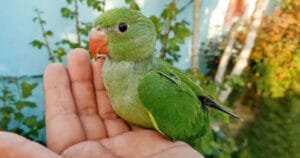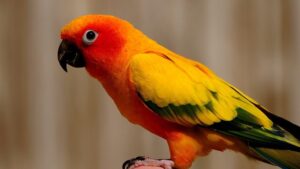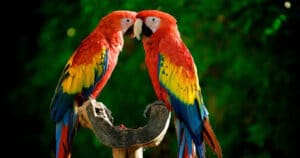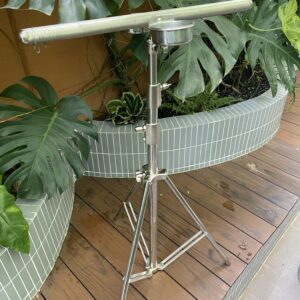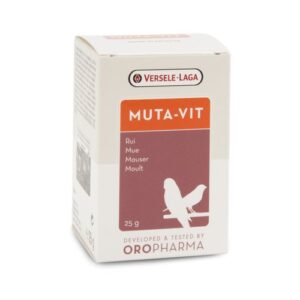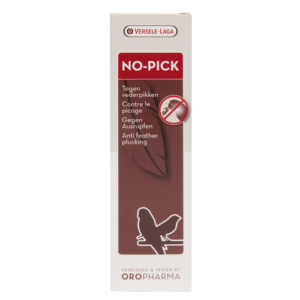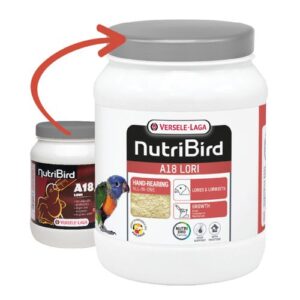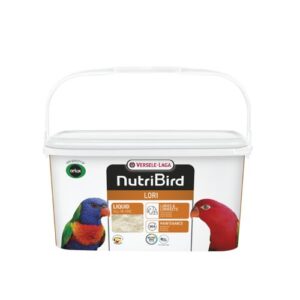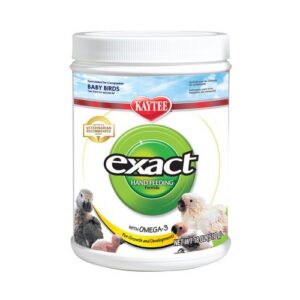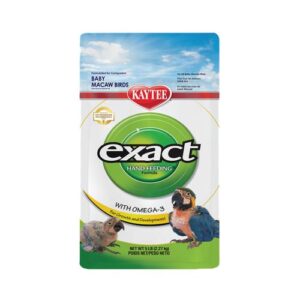Learn about South American Parakeets:
South American Parakeets first appeared in European countries. The appearance feature of this parrot is the dominant red color covered in the outer feathers. Their tails are quite long, they have a rounded head; The beak is large and tucked inward. The South American Parakeets’s eyes can be black or red, depending on where it lives. The outside body is quite large, the chest is wide, the back is curved and the belly is wide.
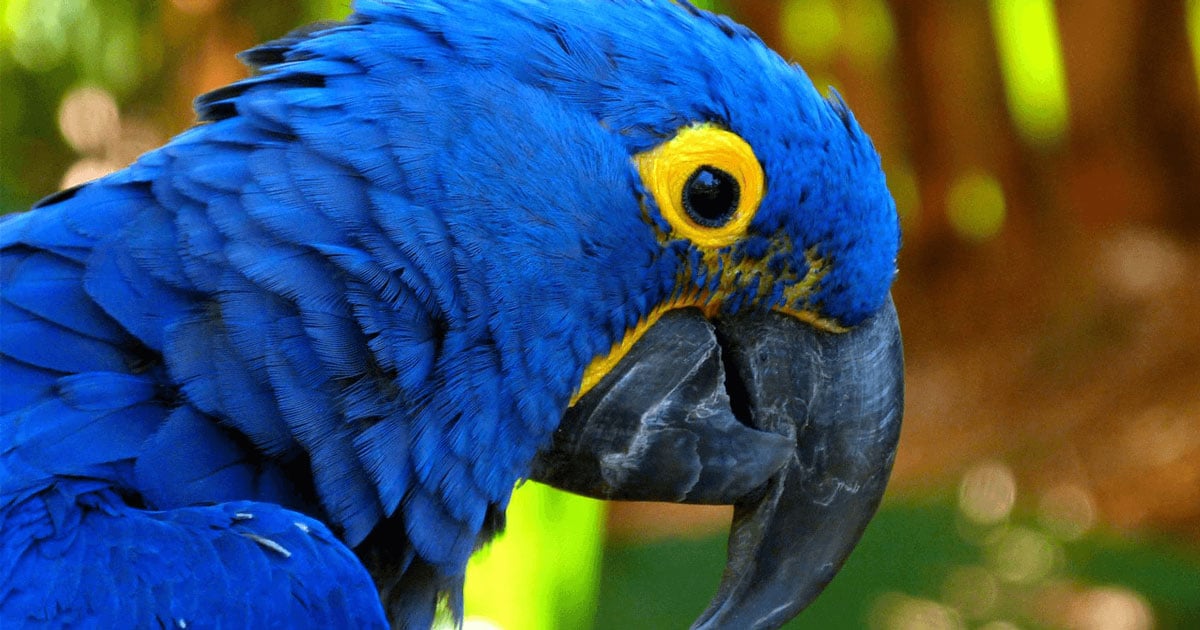
Can South American Parakeets talk?
South American Parakeets are known to be playful and energetic parrots that are quite noisy. Because they are intelligent parrots, they can imitate your voice. It’s not as obvious as some other birds, but it’s quite interesting.
To teach parrots to talk, you should spend time training them from a young age. Teach your parrot to speak and sing. At first, it was just simple words, single words, then compound words were taught.
How to take care of Parrots daily:
Feed the birds with a diet consisting mainly of pellets:
Although nuts are a very common food for macaws in the wild, this food is also a source of bacterial contamination and can be harmful to the health and shortening of the bird’s lifespan. Bacteria can build up and eventually make the bird sick. You should consider switching your bird’s diet to 60-70% pellets. Birds are adapted to varying degrees to pellets, and may at first strongly refuse. However, about 90% of macaws will adapt within 2 weeks when you do the following:
- Only feed your parrot seeds within 1 hour in the morning and 1 hour at night.
- The rest of the time feed the parrot with pellets.
- In general, 10% of parrots that failed to switch to a diet within 2 weeks would switch after a short period of time back to a nut diet.
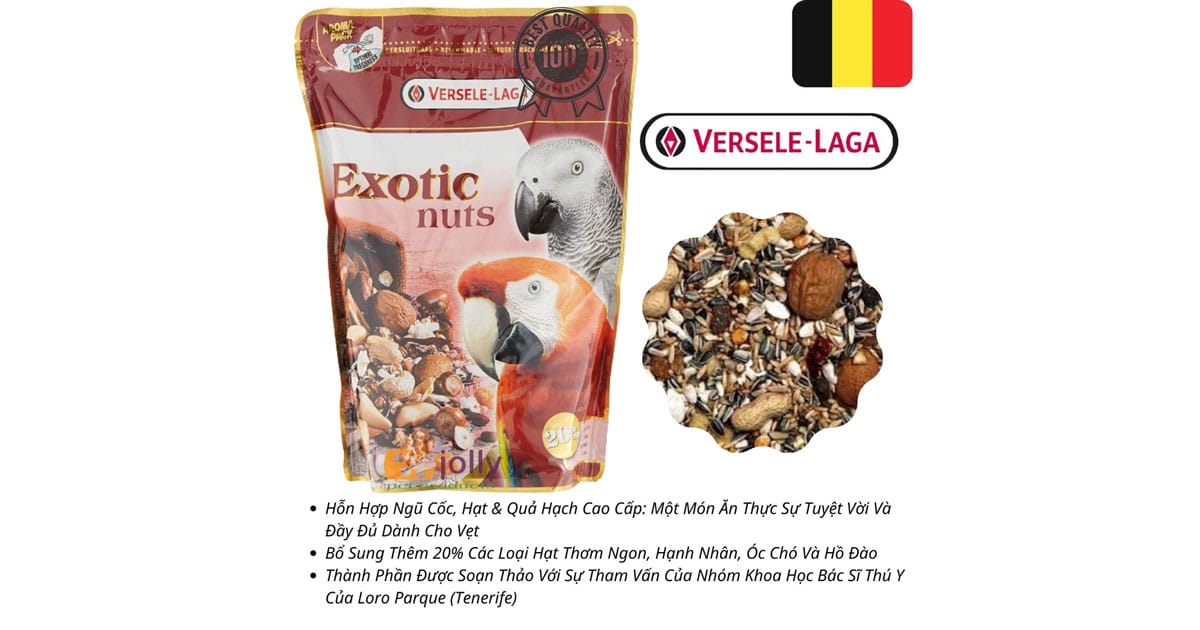
Feed your parrot a mixture of nuts, fresh fruits and vegetables:
In addition to nuts, feed your parrot a variety of fresh fruits and vegetables such as kale, beets, beans, carrots, parsley, cooked sweet potatoes, sliced apples, oranges, tangerines, and other citrus fruits. tangerine. If you feed your parrot a variety of foods, never give your parrot the same food two days in a row. This is to prevent the parrot from consuming too much of a certain substance through one type of food.
Try attaching pieces of apples or carrots to the bars of the cage for the birds to peck. For larger fruits and vegetables, you can chop them up and place them in a bird feeder.
Most fresh fruits and vegetables are safe for macaws, EXCEPT avocados, eggplants, apple seeds, rhubarb, tomato leaves, potato leaves. You should also never feed your parrot foods with caffeine, chocolate or alcohol.
Change food and water bowls every day:
To let your parrot get used to you and your surroundings, you should do nothing but take care of food and water and clean the cage before training the bird to land on your finger.
Parrot treats:
The millet branch is a parrot’s favorite, but you should not overfeed it (only about 1.3cm per day), as it is as fatty as fast foods. Avoid sweet foods or too much oats, both of which are fattening.
The millet branch is also one of the most effective ways to train parakeets to land on your fingers.
Communicating with parrots:
Parakeets need company, so you should be willing to spend at least 90 minutes each day talking or socializing with birds – although not constantly. You can also train macaws with a clicker, which is a fun way to mentally stimulate your bird and encourage it to bond with you.
Occasionally remove the parrot from the cage:
Although birds can fly in a cage, it’s also a good idea to take your parrot out once a day to make it more comfortable. Of course you have to watch out for things that harm birds, close windows and doors, turn off candles and the like. Clicker training is a good way to get your parrot to listen to commands when it’s time to return to the cage.
Create conditions for birds to have good sleep:
South American Parakeets sleep about 10 hours a day, mostly at night, but they can nap occasionally during the day. When your parrot is sleeping, try not to make any noise, but music or the TV is low.
Keep the right temperature:
South American macaws are sensitive to large changes in temperature. They do well in moderate indoor temperatures, but you should make sure the cage has a hidden spot where they can retreat and try not to let the temperature exceed 27°C. Do not place the cage in direct sunlight.
Be careful with parrots:
Caring for South American parakeets requires a lot of work, but you will find them to be affectionate and delightful companions. Most of them can talk, and how much they learn is really up to you. You have to be willing to take care of them, teach them, give them attention and play, or else maybe you should find another hobby.
Pet Me Shop – a reputable and quality South American macaw shop in Ho Chi Minh City:
– Address: 21 Street No. 6, Linh Chieu Ward, City. Thu Duc
– Phone: 091 709 6677 – 091 707 6677
– Website: petmeshop.com
– Facebook: facebook.com/PetMeVN
– Email: petmeshop@gmail.com

